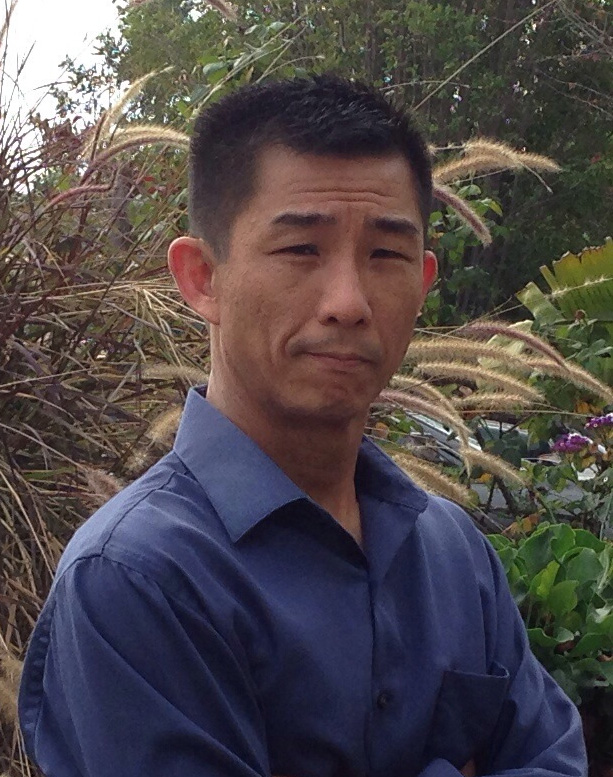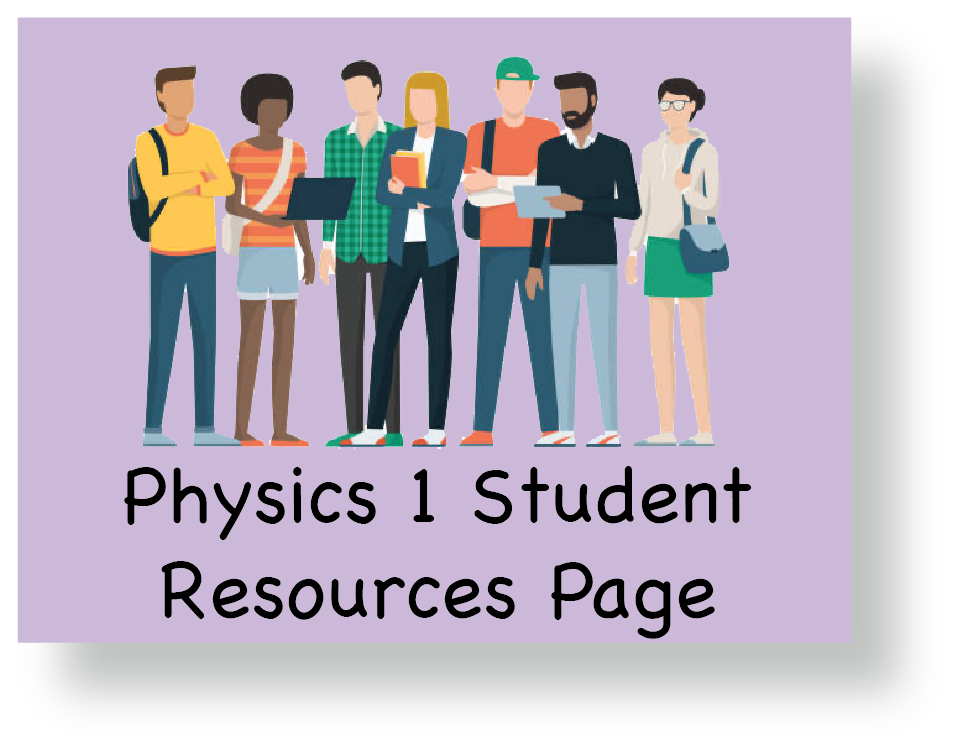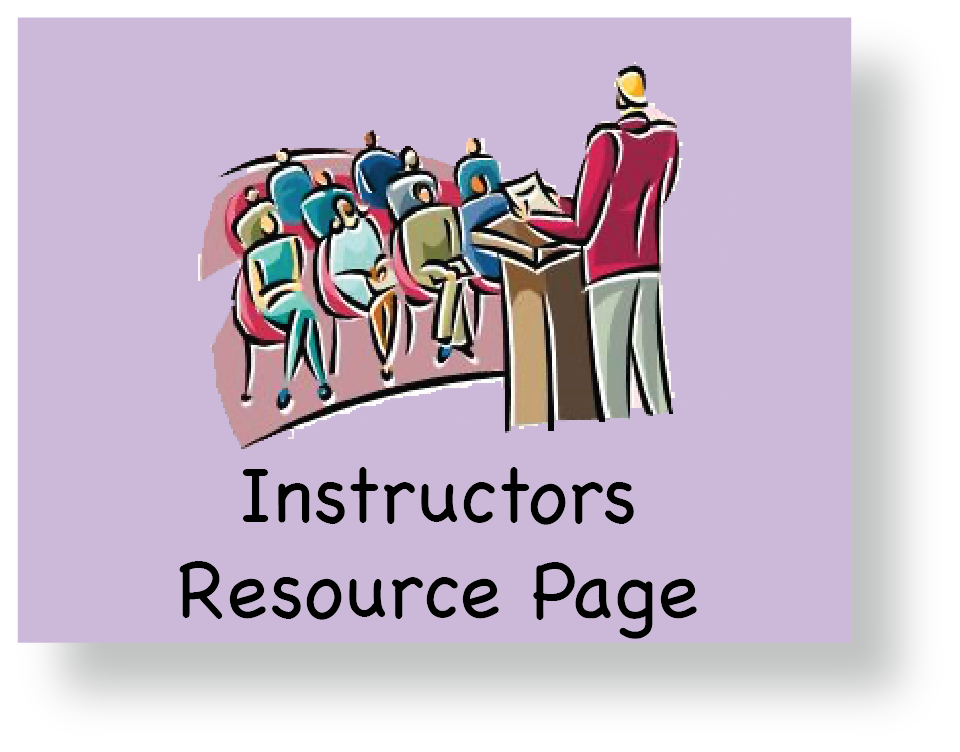


Teaching Philosophy
Physics is best learned as a combination of conceptual
learning, mathematical formulation, and real-world
application. Although mathematical derivations and
formulations are fundamentally important to a full
understanding of the mechanisms that govern the world
around us, it is equally important to provide conceptual
understanding and real-life examples as a contextual tree
to which students can attach the mathematics. Further,
whenever possible, it is far preferable to introduce the
phenomenon which the equation describes prior to
launching into a lengthy derivation of the equation.
Demonstrations or examples provided before a mathematical
treatise of the subject provide students not only with the
necessary motivation, but a tangible framework to help
follow the mathematical details of a derivation.
Particularly at the introductory level, physics is not only thoroughly understandable, but in fact, already inherently understood by most people. By virtue of having survived relatively unscathed in a world dictated by the laws of physics, every student already has a fundamental understanding of these laws. The classroom study of physics is simply the formulation of this inherent understanding into quantitative equations and laws. Whenever applicable, drawing on common day experiences and physical intuition to understand, rather than memorize the laws of physics allows students to better grasp and better retain both formulas and concepts.
Teaching Experience
My nearly 20 years of teaching experience began as a graduate TA in the San Diego State University, Department of Physics as a masters student. During those three years, I taught over 20 laboratory courses in which I gave short lectures, guided student experiments, graded experimental reports, and devised exams across a wide range of topics, including: mechanics, wave motion, acoustics, electricity, DC circuits, electromagnetic fields, and optics.
As a Ph.D. student at the University of California at San Diego, I helped to design and teach the Physics 173: Modern Physics / Biophysics laboratory course. Along with a series of lectures on basic and applied optics, the course focuses on student projects in diverse topics including: optical tweezers, holography, fluorescence microscopy, nonlinear optics, pulsed MRI, fly visual system, leech electrophysiology, human EEG, laser doppler flowmetry, chaotic circuits, Zeeman effect, and dynamic light scattering. As a project scientist, I have continued and expanded my role as associate instructor in this course, and starting Spring, 2013, I have taken over as sole instructor for this course.
In 2003, I was invited as a TA to the "Imaging Structure and Function in the Nervous System" summer course at Cold Spring Harbor Laboratory (Cold Spring Harbor, NY), and asked to develop a set of laboratory exercises to provide hands-on experience in optics and microscopy to a select class of post-doctoral and advanced graduate students. Now in my 11th year with the course, I serve as a co-instructor and as a primary lecturer for the first week of this intensive 3-week course. I give a series of lectures, followed by bench exercises on basic optics, ray matrices, laser alignment, wide-field microscopy, and laser-scanning microscopy. Students use off-the-shelf lenses, mirrors, and opto-mechanics, along with laser pointers, galvonometric scanners, laptops, webcams, Matlab code, and A/D boards to build their own bright-field micoscopes, laser scanning systems, and confocal microscopes. All this in 3 days (and nights) before progressing onto using commercial two-photon, confocal, and epifluorescence microscopes in the lab.
Particularly at the introductory level, physics is not only thoroughly understandable, but in fact, already inherently understood by most people. By virtue of having survived relatively unscathed in a world dictated by the laws of physics, every student already has a fundamental understanding of these laws. The classroom study of physics is simply the formulation of this inherent understanding into quantitative equations and laws. Whenever applicable, drawing on common day experiences and physical intuition to understand, rather than memorize the laws of physics allows students to better grasp and better retain both formulas and concepts.
Teaching Experience
My nearly 20 years of teaching experience began as a graduate TA in the San Diego State University, Department of Physics as a masters student. During those three years, I taught over 20 laboratory courses in which I gave short lectures, guided student experiments, graded experimental reports, and devised exams across a wide range of topics, including: mechanics, wave motion, acoustics, electricity, DC circuits, electromagnetic fields, and optics.
As a Ph.D. student at the University of California at San Diego, I helped to design and teach the Physics 173: Modern Physics / Biophysics laboratory course. Along with a series of lectures on basic and applied optics, the course focuses on student projects in diverse topics including: optical tweezers, holography, fluorescence microscopy, nonlinear optics, pulsed MRI, fly visual system, leech electrophysiology, human EEG, laser doppler flowmetry, chaotic circuits, Zeeman effect, and dynamic light scattering. As a project scientist, I have continued and expanded my role as associate instructor in this course, and starting Spring, 2013, I have taken over as sole instructor for this course.
In 2003, I was invited as a TA to the "Imaging Structure and Function in the Nervous System" summer course at Cold Spring Harbor Laboratory (Cold Spring Harbor, NY), and asked to develop a set of laboratory exercises to provide hands-on experience in optics and microscopy to a select class of post-doctoral and advanced graduate students. Now in my 11th year with the course, I serve as a co-instructor and as a primary lecturer for the first week of this intensive 3-week course. I give a series of lectures, followed by bench exercises on basic optics, ray matrices, laser alignment, wide-field microscopy, and laser-scanning microscopy. Students use off-the-shelf lenses, mirrors, and opto-mechanics, along with laser pointers, galvonometric scanners, laptops, webcams, Matlab code, and A/D boards to build their own bright-field micoscopes, laser scanning systems, and confocal microscopes. All this in 3 days (and nights) before progressing onto using commercial two-photon, confocal, and epifluorescence microscopes in the lab.